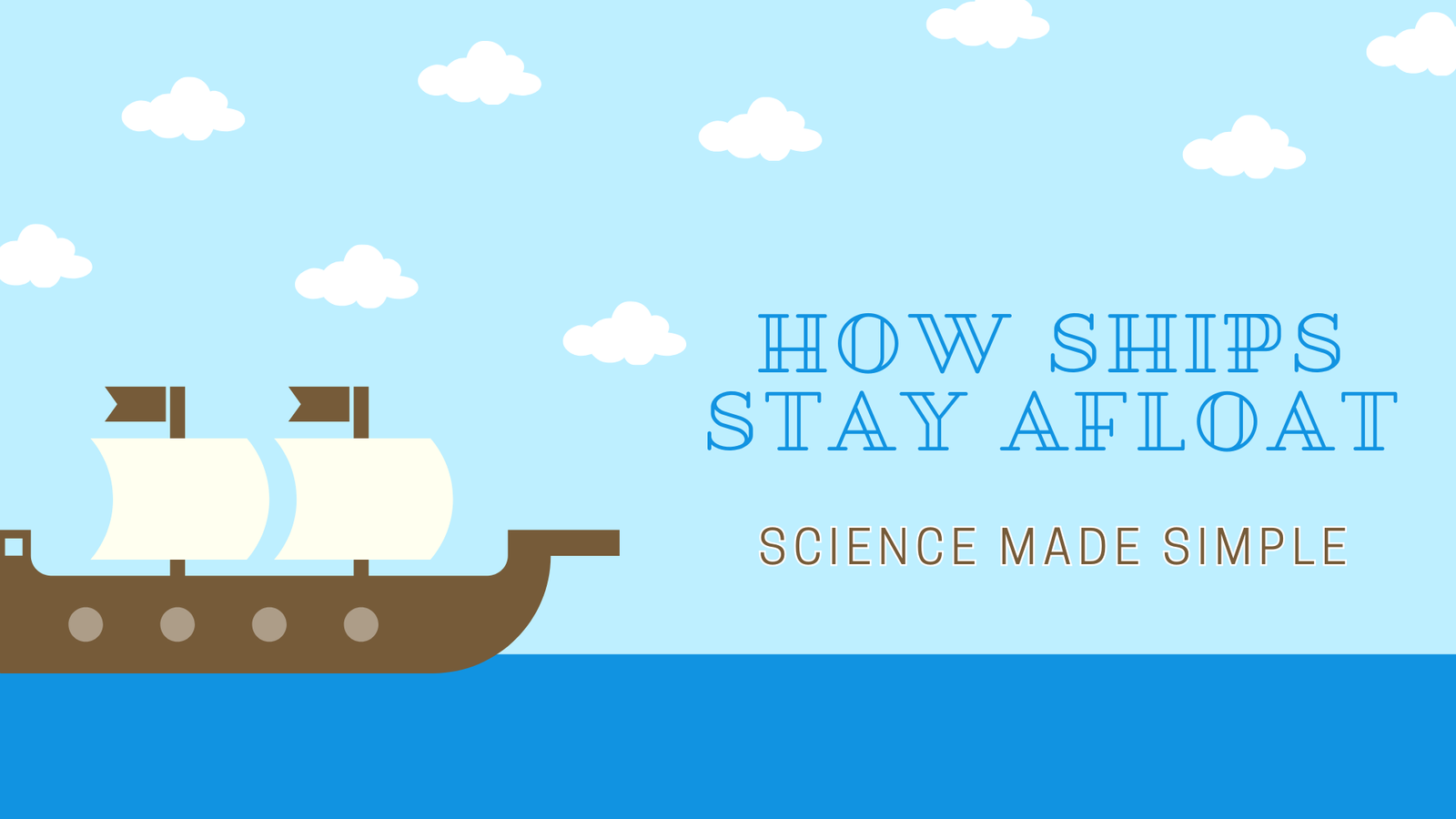Have you ever looked at a massive ship like the Queen Mary 2 and wondered how such a colossal structure can float on water? Weighing in at a staggering 80,000 tons, the Queen Mary 2 is a marvel of engineering, and understanding how ships stay afloat involves a fascinating mix of physics, mathematics, and a bit of history. In this blog post, we’ll explore the science behind buoyancy, water displacement, and the principles that allow ships to navigate our oceans.
The Basics of Buoyancy:
At the heart of how ships float is Archimedes’ Principle, named after the ancient Greek inventor Archimedes. This principle states that the buoyant force acting on an object submerged in a fluid is equal to the weight of the fluid displaced by that object. In simpler terms, for a ship to float, it must displace a volume of water that weighs as much as the ship itself.
Understanding Displacement:
When we talk about a ship’s size, we often refer to two key measurements: gross tonnage and displacement. Gross tonnage measures the internal volume of a ship, indicating how much space is available for passengers, crew, and cargo. Displacement, on the other hand, refers to the actual weight of the ship, including all its components and materials.
To visualize this, think of a toy boat in a bathtub. When you place the boat in the water, it pushes some water out of the way, displacing it. The amount of water displaced is equal to the weight of the boat. As long as the boat doesn’t take on water, it will continue to float.
The Role of Water Density:
Another crucial factor in understanding how ships float is density. Density is defined as mass per unit volume. An object will float if it is less dense than the fluid it is in. While ships are made of materials that are denser than water, they are designed to have a shape and structure that allows the overall density of the ship (including the air inside) to be less than that of the water.
Different Water Conditions:
The density of water can vary based on several factors, including temperature and salinity. For example, saltwater is denser than freshwater, which means a ship will float differently in the ocean compared to a river. This is why ships have markings on their hulls, such as the Plimsoll line, indicating how deep they should sit in the water under various conditions.
The Design of Ship Hulls:
The design of a ship’s hull is critical for ensuring buoyancy and stability. A hull that is broad and deep can displace a larger volume of water, which is essential for balancing the ship’s weight. As a ship is loaded with cargo, it sits lower in the water, displacing more water until the buoyant force equals the ship’s weight.
Naval architects carefully design hulls to maximize water displacement while maintaining stability. The shape of the hull allows for a balance between the center of gravity (where the ship’s mass is concentrated) and the center of buoyancy (where the buoyant force acts). This balance is vital for keeping the ship stable, especially in rough waters.
Stability and Safety at Sea:
Stability is not just about staying afloat, it’s about doing so safely and efficiently. The distribution of weight within the ship plays a significant role in its stability. If the center of gravity is too high, the ship may tip over, if it’s too low, the ship may be sluggish in the water.
Naval engineers adjust the design of the hull to ensure that the ship rolls slowly and comfortably, rather than snapping back and forth. This careful consideration of weight distribution and hull design allows ships to navigate safely through various sea conditions.
The Physics of Floating Ships:
The principles of buoyancy and water displacement are not just theoretical, they guide the design and operation of all vessels, from small boats to massive cruise ships. The largest ships today can displace hundreds of thousands of tons of water, yet they remain buoyant due to the careful application of Archimedes’ principles.
For instance, the Seawise Giant, the largest ship ever built, displaced an astonishing 670,000 tons of water. As long as the world’s oceans remain filled with water, ships will continue to float, provided they are designed with the right balance of density and buoyancy.
Conclusion:
Understanding how ships stay afloat is a fascinating journey into the realms of physics and engineering. From Archimedes’ Principle to the intricate design of ship hulls, the science behind buoyancy and water displacement reveals the remarkable ingenuity of human design. Next time you see a massive ship gliding through the water, you’ll appreciate the complex principles that allow it to float effortlessly.
FAQs:
1. What is Archimedes’ Principle?
It states that a submerged object experiences an upward force equal to the weight of the water it displaces, allowing it to float.
2. How does water density affect a ship’s buoyancy?
Ships float better in denser saltwater than in less dense freshwater, affecting how high they sit in the water.
3. What is the difference between gross tonnage and displacement?
Gross tonnage measures a ship’s internal volume, while displacement measures its total weight.
4. Why do ships have markings on their hulls?
Markings, like the Plimsoll line, show how deep a ship should sit in the water for safety.
5. How do naval architects ensure a ship’s stability?
They design the hull and distribute weight to balance the center of gravity and buoyancy, keeping the ship stable.
6. Can a ship sink in different liquids?
Yes, if placed in a liquid less dense than water, like vegetable oil, a ship would sink.
